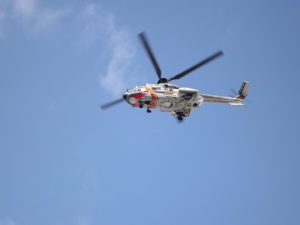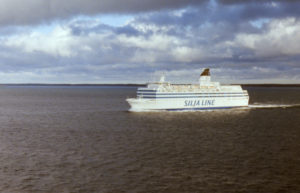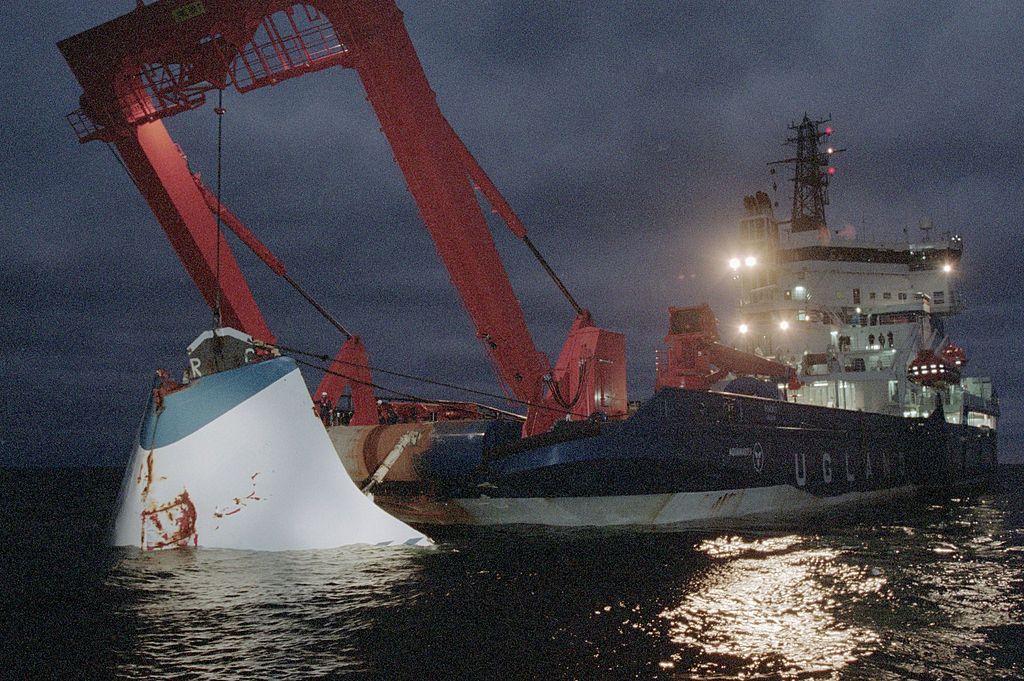Foreign Ministers from the Nordic countries of Sweden, Finland, and Estonia, issued a joint statement this week that they would be assessing the new evidence collected by a television documentary, that may explain the sinking of the MS Estonia in 1994, in which 852 people died.
The sinking of the MS Estonia remains the worst European peacetime maritime disaster, and the second worst maritime disaster involving a European made boat since the Titanic.
In the early hours of 28th September 1994, the MS Estonia, a car, and passenger ferry, en route from Tallinn to Stockholm, sank in the Baltic Sea off Finland’s coast. The ship sank within an hour, taking the lives of 852 passengers and crew. Only 137 people survived the disaster.
The investigation undertaken in 1997 concluded that heavy seas wrenched the bow doors open, which allowed seawater to gush into the lower decks of the vessel. This led to her sinking.
Survivors of the disaster and the relatives of those who died have petitioned for more than 20 years to re-open and expand the investigation into the catastrophe, as they did not accept the official explanation of the doors being wrenched open. They claimed that the vessel would not have sunk as quickly as it did, with the bow doors wrenched open.

Discovery Networks, the makers of the new five-part documentary, titled “Estonia: The Find That Changes Everything,” claim to have found a gaping four-meter-wide hole in the ship’s hull. The hole was discovered when the wreck was surveyed for the documentary, using a remote-controlled submarine.
Experts interviewed for the documentary told Discovery Networks that the only thing that would account for such a massive hole would be an equally sizeable external force. This raises many questions about what happened on that fateful night.
What could explain this damage? What force would be powerful enough to have caused such significant damage?
One explanation suggested in the documentary is that the MS Estonia collided with a submarine, and the hull of the submarine caused the hole to be ripped in the hull of the ferry.
One of the survivors, Carl Eric Reintamm, said that he was one of the people that believed that the truth of what happened that night is different from what people have been told up to now. Many survivors claim they heard a large bang at the time of the accident.
Reintamm said that he had seen a large, white object in the water at the time of the accident. Experts speaking on the documentary said that this evidence had not been taken into account at the time of the original investigation.

Until now, the countries involved with the disaster, Finland, Sweden, and Estonia, have been very reluctant to re-open the investigation and re-examine the cause of the disaster.
All the countries were opposed to re-floating the MS Estonia, due to the costs and complex logistics involved with raising such a large vessel, not to mention the large number of bodies trapped in the hull.
The area where the Estonia sank, near the island of Uto, was declared a sea grave, and exploration of the wreck was prohibited.

This did not deter the documentary makers, and the director, Henrik Evertsson, along with one of his crew were arrested last September for examining the site. They face up to two years imprisonment in Sweden for the violation of a gravesite, if found guilty.
Another Article From us: Project ’44 – Mapping the European Theater of Operations
Evertsson said that it was imperative and essential from a journalistic standpoint to send a camera down to the wreck. With the documentary’s airing, perhaps the truth will finally emerge around the sinking of this vessel.
